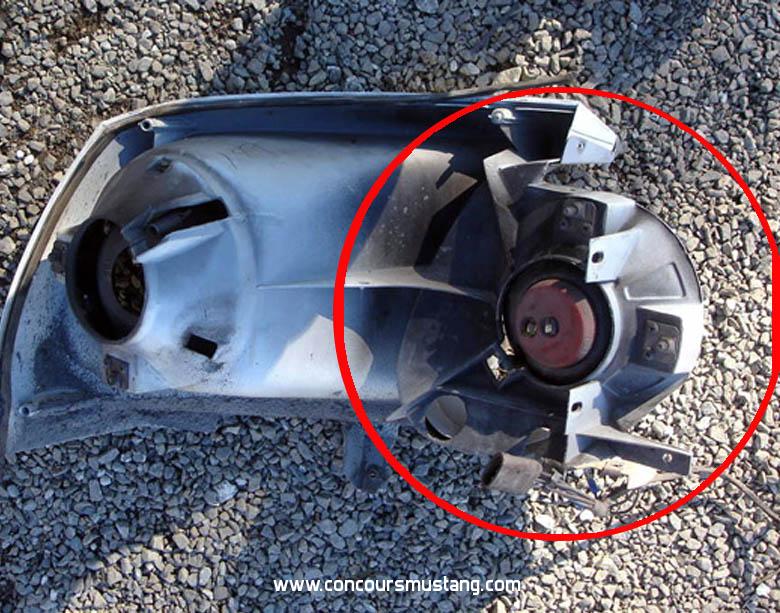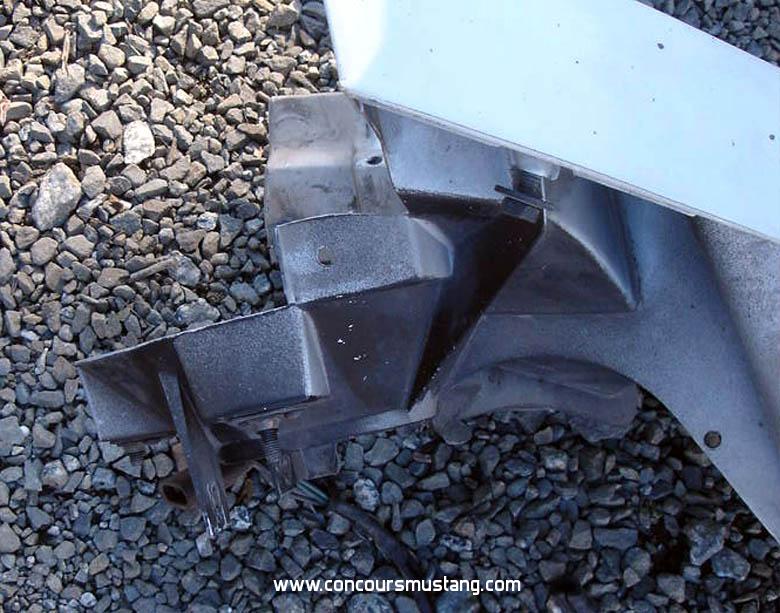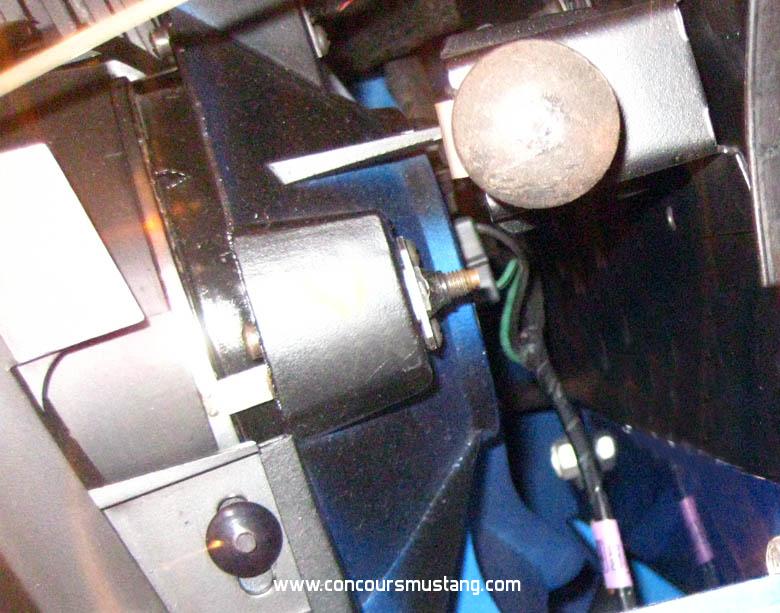... but i was directed to make a new post based on the time of the last post in that thread...
That is just the software making the suggestion. Since the thread was only a year old or so it would have been fine IMHO to add on.
Since you titled this thread the same as the other and included a link there should be no problem for viewers to find both in the future when searching for this info.
It is my current belief that Dearborn planned on spraying each headlight bucket and the brush was used only when someone missed the detail (didn't add the paint) and an inspector down the line caught it. Since it wasn't easy to take a car off the line and move it to an area for repainting they had a bucket/can with some black paint and a brush to take care of the detail quickly. We see brush applications through the years every so often on Dearborn cars since the mid 60's sometimes touching up the black to body color transition at the rear of the engine compartment, fixing the pinch weld blackout and so on.
When the blackout was sprayed (as compared to brushed), was it the same area, or was a larger area blacked out?
When sprayed the area of coverage was greater (overspray and direct) and as you see in the other thread the backsides were commonly covered also so that body color would not be visible (I would guess) from an angle to the left or the right of the grill area. Since the brush was done allot quicker its normally a quick circular application of the brush trying to focus on the area between where the headlight will sit and the edge of the grill opening - the greatest exposure of body color through the grill looking straight onto the grill from the front. Also because of the paint used the coverage is poor. The two paints don't look like they bended well given the look
The post says the front and back was sprayed with blackout. What was blacked out on the backside of the bucket?
Looks like they quickly wanted to cover the back side of the inboard headlight bucket from the back side as these pictures suggest IMHO


